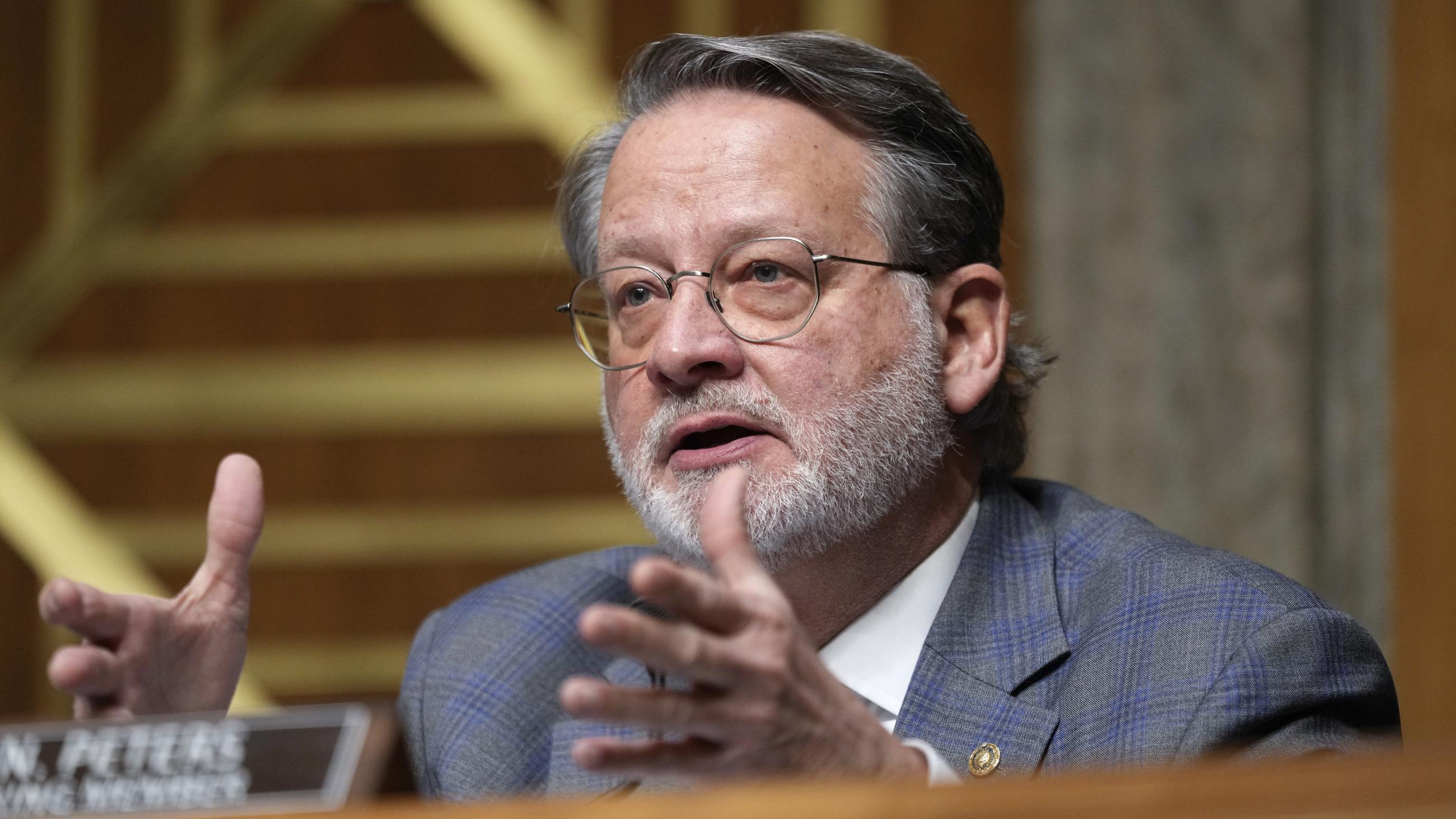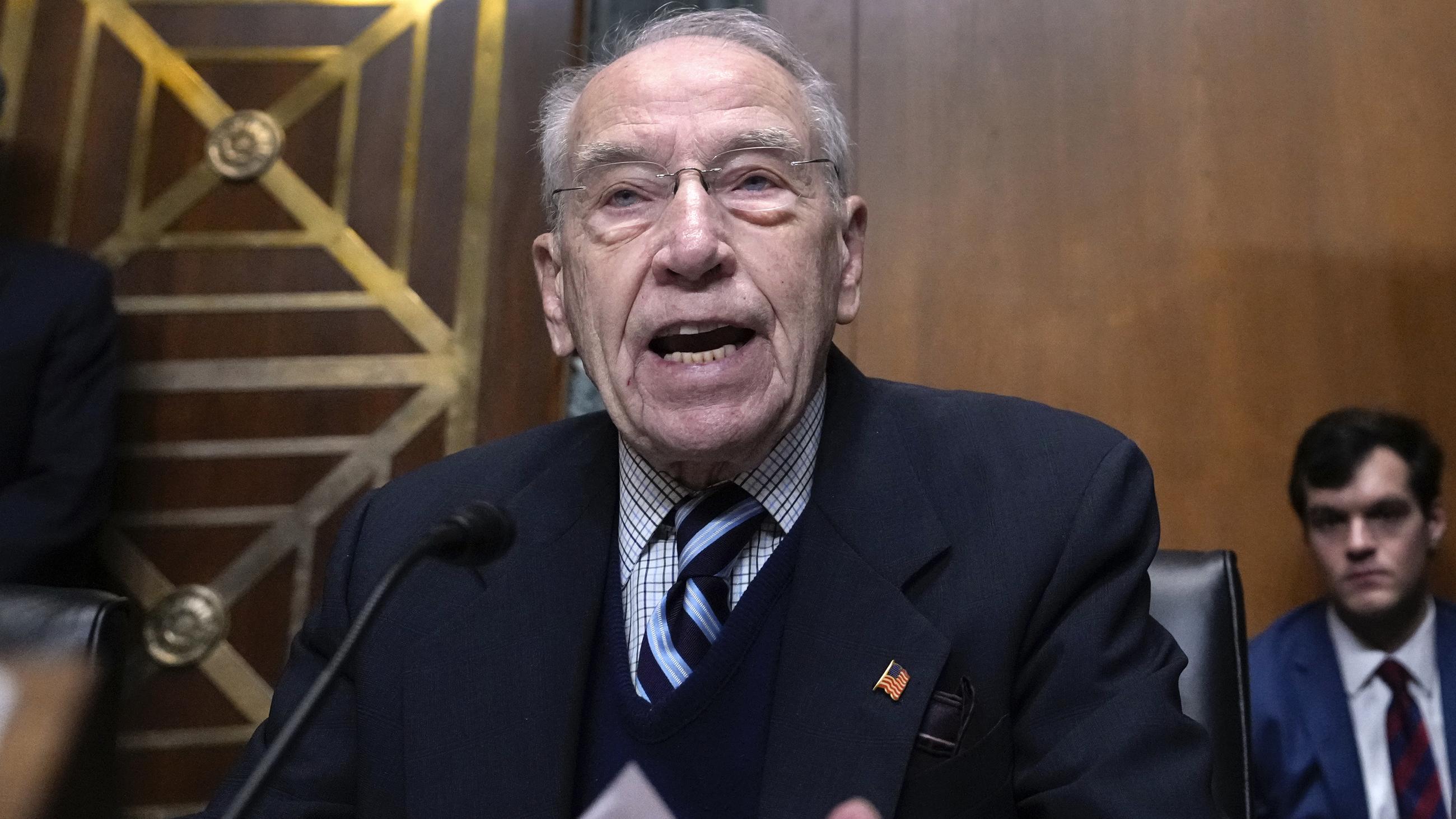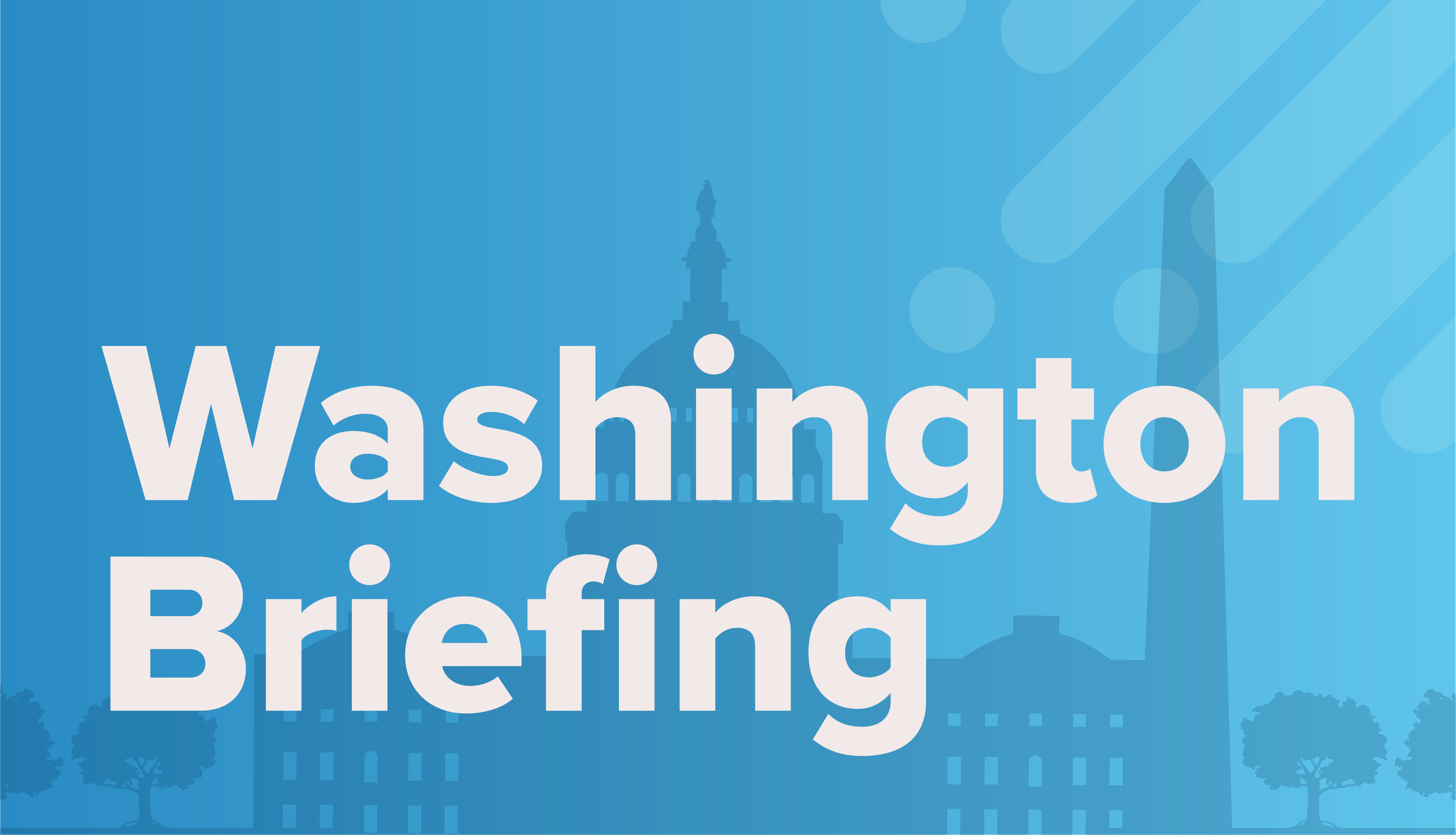With 2024 in the rearview mirror, the money race is already underway for next year’s midterms.
Year-end campaign finance reports filed Friday show vulnerable incumbents starting the 2026 cycle with millions in their war chests, including GOP senators leveled with primary threats. In-cycle Democratic senators entered the new year with an average of $3.5 million on hand, slightly more than the average GOP senator’s $3.4 million on hand. Republicans will need all the money they can raise as they defend roughly two-fifths of their conference.
Senate Democrats faced a similar challenge last cycle, as a majority party forced to defend its members in red states and presidential battlegrounds. But even with a $125.3 million spending advantage among the $2.1 billion both sides spent on Senate races last cycle, according to the nonpartisan ad-tracking firm AdImpact, Democrats lost four of their seats to Republicans. The GOP will need greater resources ahead of 2026 to defend and grow its 53-47 majority.
“We will work tirelessly to ensure Republicans have the resources and operations needed to win in battleground states across the Senate map,” National Republican Senatorial Committee Chairman Tim Scott said in a statement Monday.
The NRSC slightly outraised the Democratic Senatorial Campaign Committee, $7.6 million to $5.8 million, from Nov. 26 through the end of 2024. But the DSCC entered the new year with $11.4 million on hand, nearly four times the NRSC’s war chest.
Both campaign arms are still reeling from debt accrued last cycle. In a memo obtained by Punchbowl News, NRSC executive director Jennifer DeCasper said the committee is entering the cycle “nearly $24 million in debt.” The DSCC entered 2025 $20 million in debt, according to Federal Election Commission data.
The GOP made its gains in 2024 by recruiting candidates who could self-fund their campaigns with at least seven-figure investments. This time, both parties are looking to recruit candidates with statewide wins under their belt, relying on their strong fundraising capabilities instead.
Battlegrounds
Five states make up the initial Senate battlegrounds: Georgia, Maine, Michigan, North Carolina, and New Hampshire.
Sen. Jon Ossoff of Georgia, the most vulnerable Democrat in 2026, kicked the cycle off with nearly $5 million on hand. The senator isn’t taking any chances in his first reelection bid, raising $2.2 million in the final three months of 2024.
Scott is looking to recruit term-limited Republican Gov. Brian Kemp to challenge Ossoff next year. Kemp raised nearly $44.6 million during his 2022 reelection campaign, according to state campaign finance reports. If the governor declines to run, several House members might be interested. Republican Rep. Buddy Carter has signaled his interest in the seat, and he has $3 million in cash on hand.
Sen. Gary Peters’ retirement in Michigan stunned Democrats and Republicans alike last week, leaving an already competitive seat wide open and abandoning a $7.1 million war chest. Democrats are expressing confidence that they can hold onto a second open Senate seat in Michigan, but they’ll have to invest more with Peters out of the equation, as all major statewide positions and at least four competitive House seats are up in 2026.
Former GOP Rep. Mike Rogers is preparing to launch a comeback bid for Peters’ seat, and he would start the campaign with about $219,000 in cash on hand left over from his failed Senate campaign last year. Several Democrats are eyeing the seat, including former Transportation Secretary Pete Buttigieg and Reps. Haley Stevens and Hillary Scholten. Stevens and Scholten began the cycle with roughly $754,000 and $347,000 on hand, respectively.
Sen. Jeanne Shaheen of New Hampshire hasn’t announced her reelection plans yet, but she raised $170,000 in the fourth quarter and had $1.5 million on hand. Former Sen. Scott Brown of Massachusetts, who lost to Shaheen in 2014, is exploring a rematch in 2026.
Democrats’ best pickup opportunities are in challenges to Sens. Susan Collins of Maine and Thom Tillis of North Carolina. Tillis raised $902,000 in the fourth quarter and Collins raised $295,000, leaving the Republicans with $2.2 million and $2.6 million on hand, respectively.
DSCC Chair Kirsten Gillibrand is looking to recruit former North Carolina Gov. Roy Cooper to take on Tillis. Cooper raised $40.9 million during his 2020 reelection bid, according to state campaign finance filings. Former Rep. Wiley Nickel has indicated his interest in a Senate run, entering the new year with $689,000 on hand and $927,000 in debt from his congressional campaign coffers.
In Maine, term-limited Gov. Janet Mills and Reps. Jared Golden and Chellie Pingree have been floated to unseat Collins. Mills raised $5.8 million during her 2022 reelection campaign, according to state campaign finance filings. Pingree, who lost to Collins in 2002, began the year with $416,000 on hand, and Golden began with $127,000 on hand.
Flipping both seats would help Democrats chew into the GOP’s majority, but it wouldn’t give the party chamber control outright. Other pickup opportunities for the party could be explored in Alaska, Florida, Iowa, Ohio, and Texas.
Primary threats
GOP senators frequently threatened with primary challenges are starting the cycle with at least seven figures in their war chests.
Sen. Bill Cassidy of Louisiana, the senator most vulnerable to a GOP primary, entered the 2026 campaign with a $6.6 million war chest after raising $849,000 in the fourth quarter. The senator’s vote to impeach President Trump in 2021 has left him vulnerable to an intra-party challenge in his first partisan primary after state Republicans eliminated the state’s open primary system last year.
Cassidy has stayed loyal to the president so far this term, voting to advance Robert F. Kennedy Jr.’s nomination as Health and Human Services secretary to a floor vote despite his concerns over the nominee’s anti-vaccine views.
Cassidy’s first public challenger, state Treasurer John Fleming, has less than $19,000 on hand and more than $500,000 in debt. Rep. Clay Higgins, a potential challenger to Cassidy, has $325,000 on hand.
Sens. Joni Ernst of Iowa, Lindsey Graham of South Carolina, and John Cornyn of Texas began the year with $2.2 million, $15.6 million, and $4.1 million war chests, respectively. Graham notably raised $2.1 million during the fourth quarter. Cornyn raised $720,000 and Ernst raised $611,000 during the same period.
Newly appointed Sen. Ashley Moody of Florida hasn’t said if she’ll run in the special election for her seat, but she could face a primary challenge from Rep. Cory Mills. Mills has roughly $40,000 on hand, with more than $2 million in debt.
Retirements
Three octogenarian senators could join Peters in retiring at the end of their terms in 2027—Sens. James Risch of Idaho, Dick Durbin of Illinois, and Mitch McConnell of Kentucky.
McConnell retired as Senate GOP leader before the new Congress and could forgo an eighth term, leaving behind $8.1 million in cash. He raised less than $99,000 in the fourth quarter. Several Kentucky Republicans could jump for the seat if the former majority leader retires, including Rep. Andy Barr, with his $3.7 million war chest.
Durbin could pass the Democratic whip baton at the end of his term, spurring several House members to launch their campaigns. He raised $110,000 in the fourth quarter, entering 2025 with $1.7 million on hand. Rep. Raja Krishnamoorthi, a Democrat who’s hinted at running for the seat if it opens up, leads the potential field with $17.1 million on hand.
Risch could also retire after three Senate terms. The Idaho Republican raised $118,000 in the final quarter and entered the year with $2.4 million on hand.




